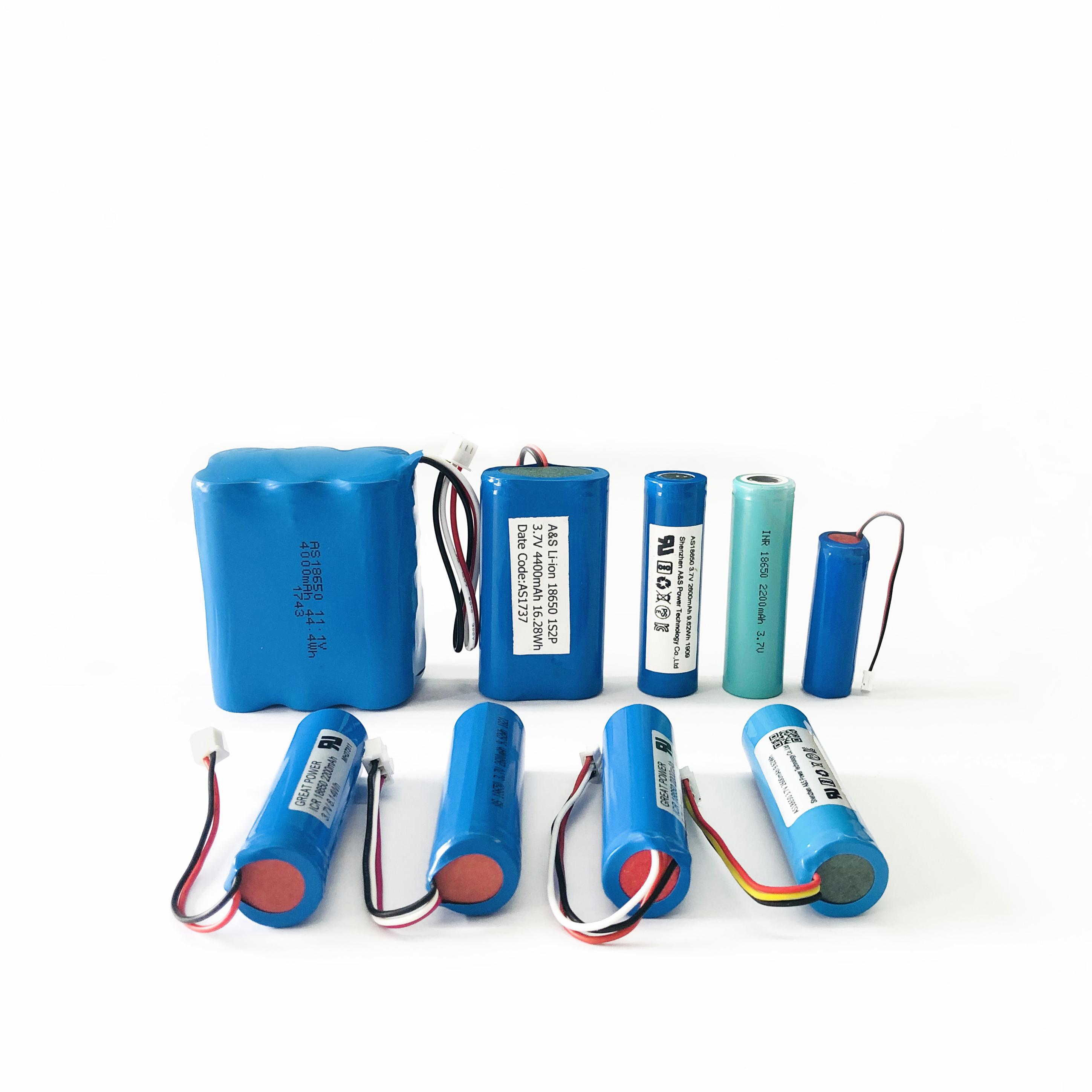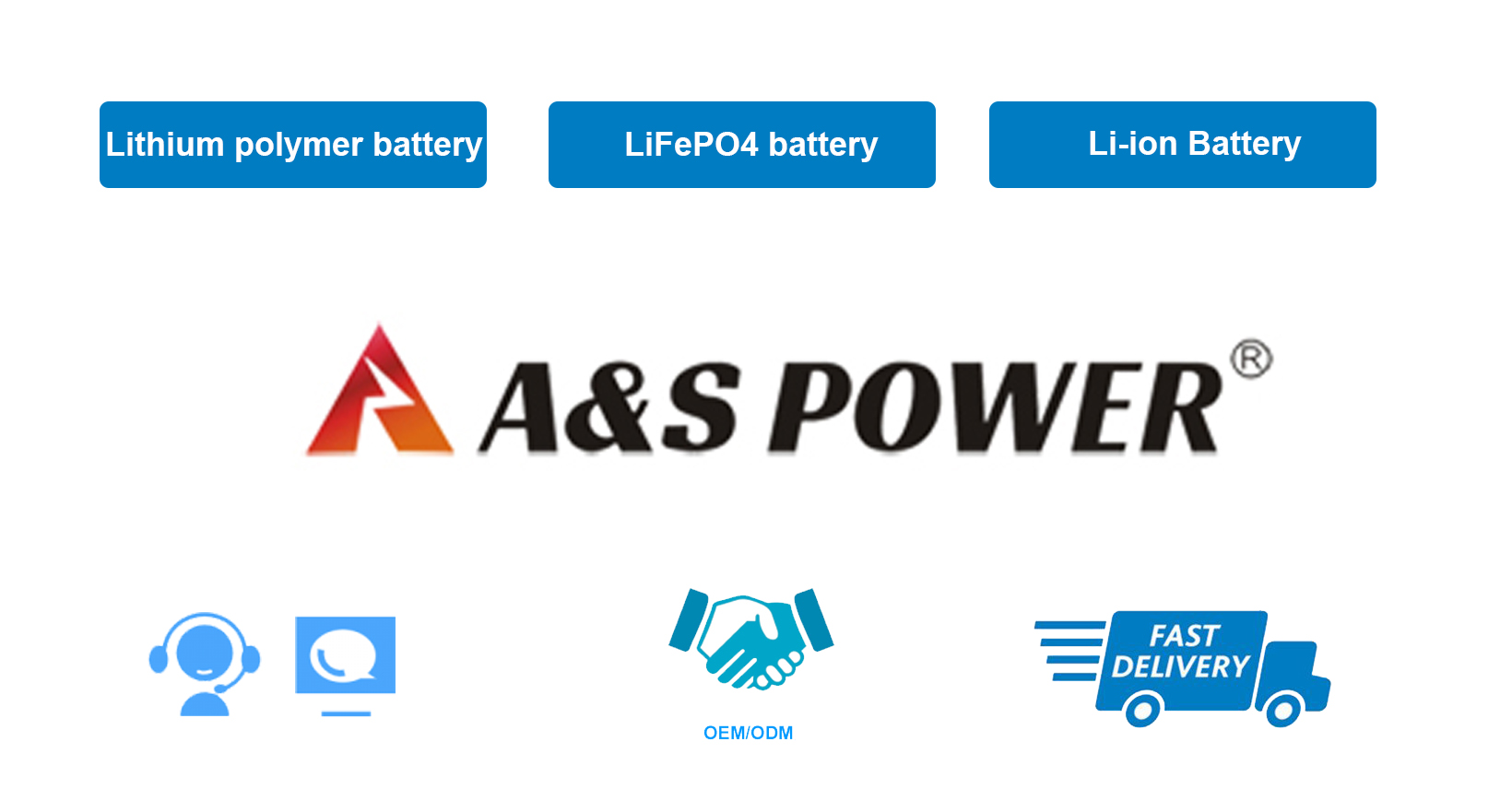Lithium ion battery VS Sodium ion battery
2021-07-02
The energy density of sodium ion batteries is low, and more auxiliary materials and manufacturing costs are required in the process of battery production. This also means that, at present, compared with lithium-ion batteries, sodium-ion batteries do not have much price advantage. If sodium batteries want to have a more cost-competitive advantage, it is necessary to develop a sodium-ion battery system with high energy density and low-cost auxiliary materials to further reduce the production cost of sodium batteries.
Sodium-ion batteries are not a brand-new battery technology. In the late 1970s, researches on sodium-ion batteries and lithium-ion batteries were carried out almost at the same time, but their fates were very different. Lithium-ion batteries have developed rapidly and have gained a place in the market, while the development of sodium-ion batteries has always stagnated, and it is still in the initial stage of industrialization until now.
Statistics show that the abundance of lithium in the earth's crust is only 17 ppm (parts per million), and the distribution is extremely uneven. According to data from the United States Geological Survey (USGS), in 2019, the world's identified lithium resources are about 80 million tons, and the reserves are about 17 million tons, mainly in Chile, Argentina, and Bolivia.Academician Chen Jun of Nankai University also said: “Lithium is low in abundance and resources are unevenly distributed. About 70% are concentrated in South America. 80% of my country’s lithium resources are dependent on imports, which has triggered widespread concerns about lithium reserves. In addition, lithium The safety hazards of ion batteries are also difficult to meet the application needs of large-scale energy storage."
With the rapid development of the new energy automobile industry, the demand for lithium batteries continues to increase, and lithium resources are facing unprecedented tension. Therefore, it is imperative to find energy storage technology to replace lithium batteries. Sodium, which is also an alkali metal, has reserves of up to 2.36% in the earth's crust. It is rich in resources and low in cost. It has the development potential for large-scale applications. Sodium-ion batteries have "returned to the world" and have received much attention and attention, and have become a new outlet in the energy storage market.
The biggest advantage of sodium-ion batteries is the abundant reserves of sodium resources, which also makes sodium-ion batteries more cost-effective compared to lithium-ion batteries. However, in the periodic table of chemical elements, lithium is in the second cycle and sodium is in the third cycle. In terms of physical and chemical properties, sodium ion has a larger mass and radius, and is more active than lithium ion.
This also means that, at present, compared with lithium-ion batteries, sodium-ion batteries do not have much price advantage. If sodium batteries want to have a more cost-competitive advantage, it is necessary to develop a sodium-ion battery system with high energy density and low-cost auxiliary materials to further reduce the production cost of sodium batteries.
In terms of working principle, sodium ion batteries are very similar to lithium ion batteries. During the charging process of the sodium ion battery, the positive electrode material undergoes an oxidation reaction and loses electrons. At the same time, sodium ions are deintercalated from
the positive electrode. The electronic compensation charge reaches the negative electrode through the external circuit, and the sodium ions also migrate to the negative electrode through the electrolyte. The opposite is true when discharging.
The sodium ion battery is mainly composed of a positive electrode, a negative electrode and an electrolyte. The positive and negative electrode materials are the core of the battery. The specific capacity and potential difference of the positive and negative materials determine the specific energy of the battery. The structure of the electrode material and the stability of the electrochemical performance of the electrolyte also affect the cycle life of the battery. The selection and research of battery anode and cathode materials is very important to improve the specific energy, cycle life and rate performance of sodium ion batteries.
The performance of sodium ion batteries is closely related to the electrochemical performance of its electrode materials. However, the performance of electrode materials designed and developed in the early stage is not ideal, which is also one of the reasons for the slow development of sodium ion batteries.Sodium ion batteries have abundant reserves, and once the process is mature, it will inevitably mean a reduction in cost. Secondly, the sodium ion battery has high safety. Safety tests such as overcharge, overdischarge, short circuit, acupuncture and extrusion can be passed smoothly, and it is not easy to catch fire and explode. Although sodium batteries have the above advantages, their energy density is also significantly lower than that of lithium iron phosphate batteries and ternary batteries, and cannot be applied to the field of new energy vehicles. With the continuous expansion of the new energy vehicle market and the increasing demand for power batteries, lithium batteries will still be the market's first choice.
In the long run, it is still too early to talk about the replacement of lithium batteries with sodium batteries, and the two will inevitably move towards different market positions because of their different performance. In fields such as new energy vehicles and smart phones that require high battery weight and energy density, lithium-ion batteries will still be the mainstream of the market for a long time to come. In areas where these parameters are not high, sodium-ion batteries will give full play to their advantages and gradually gain market acceptance.












